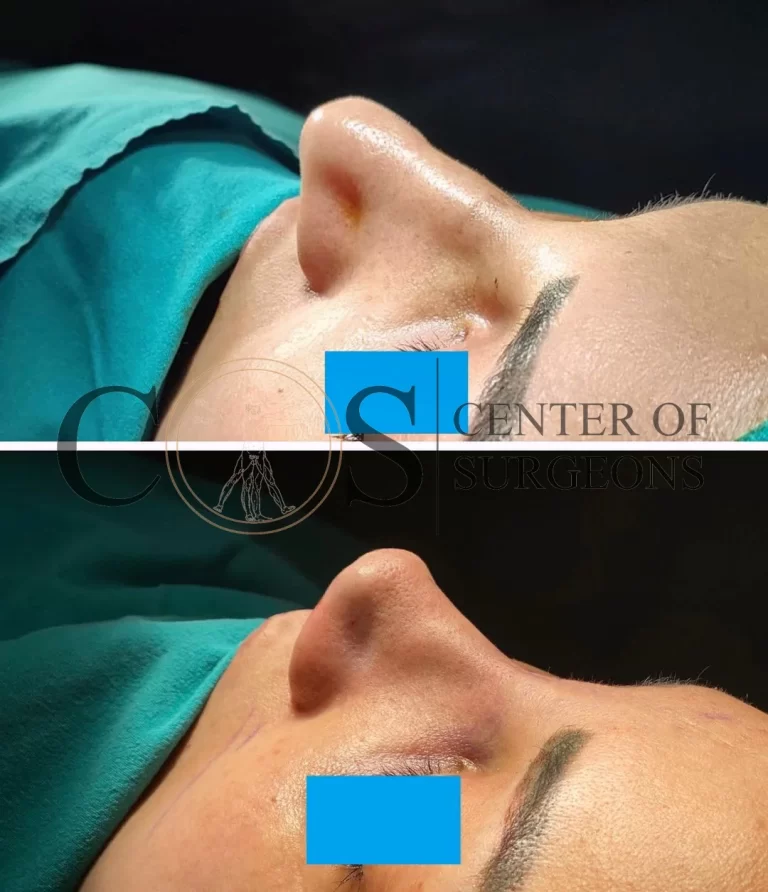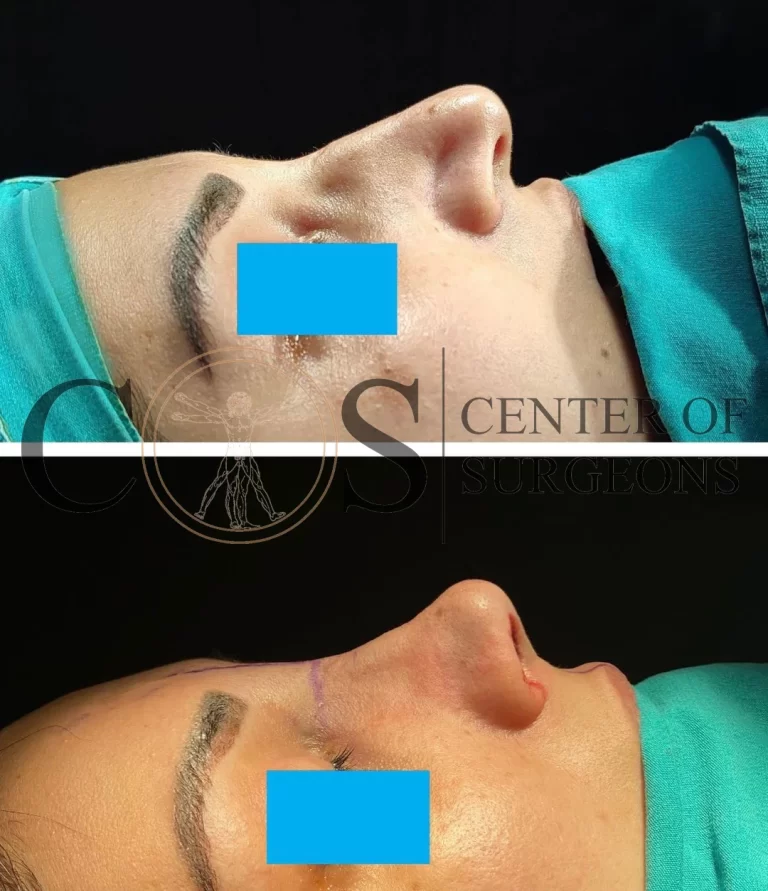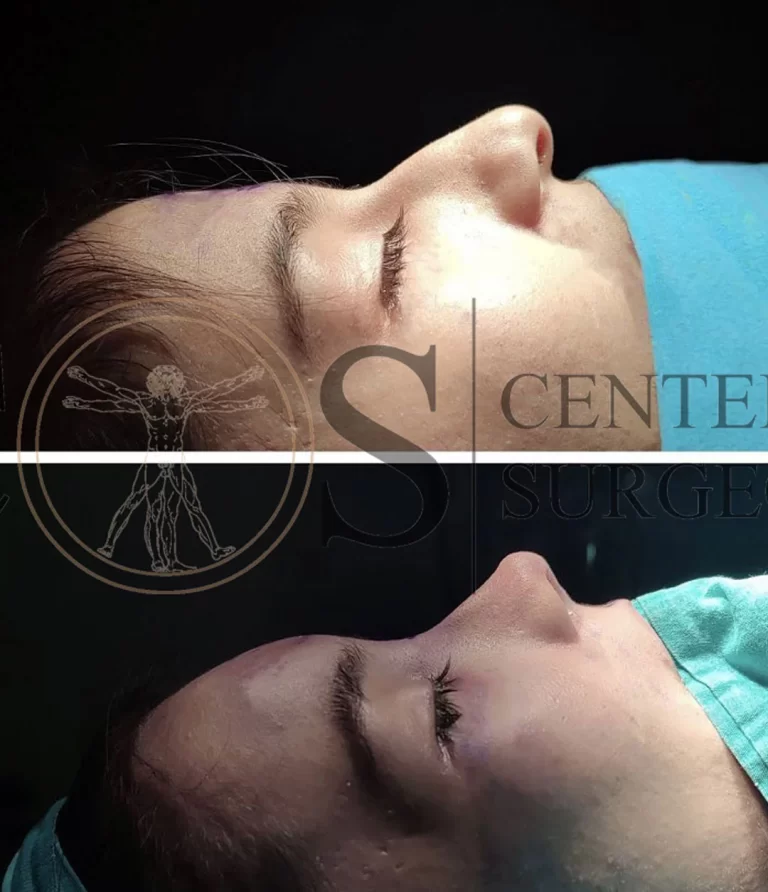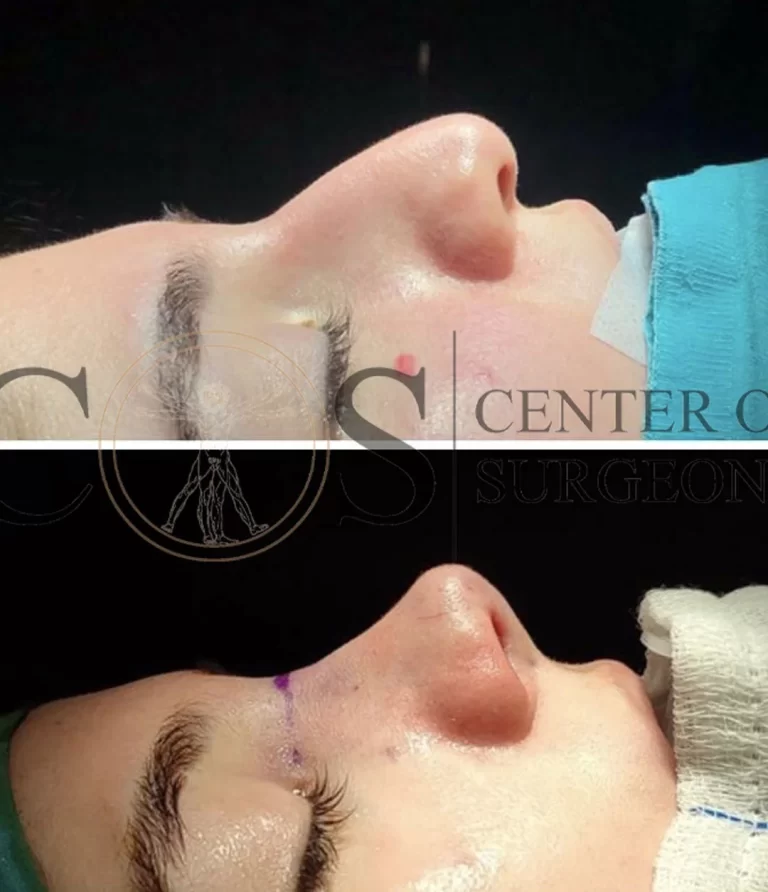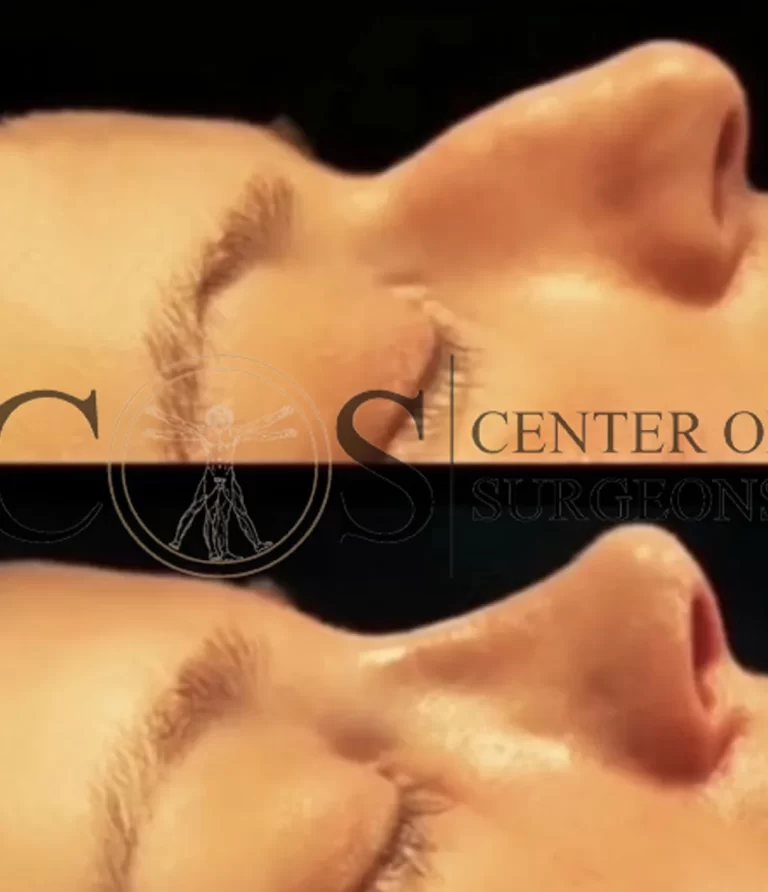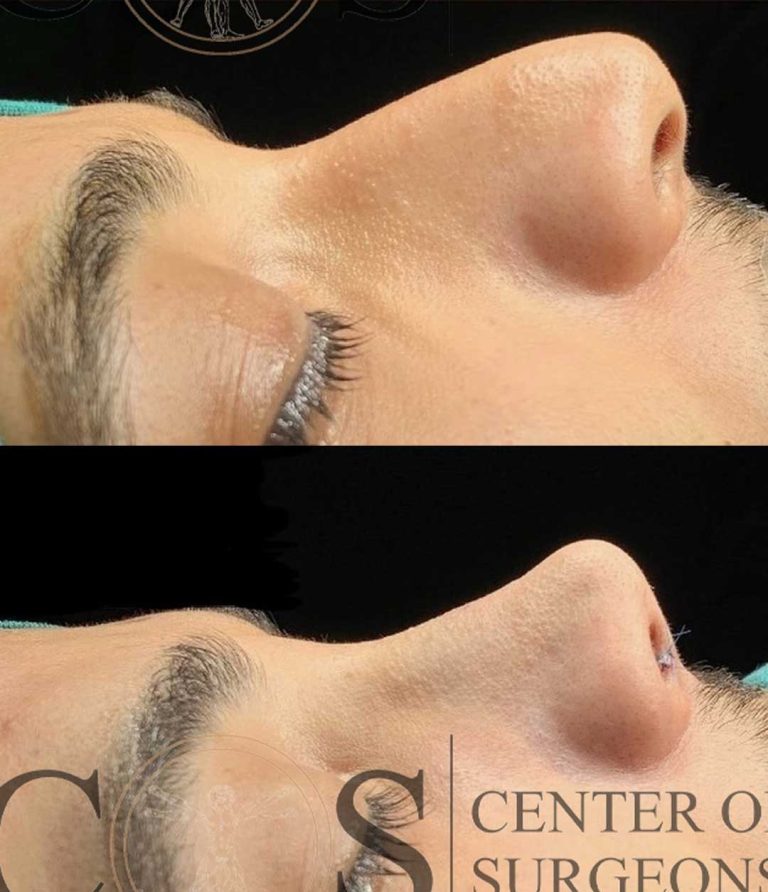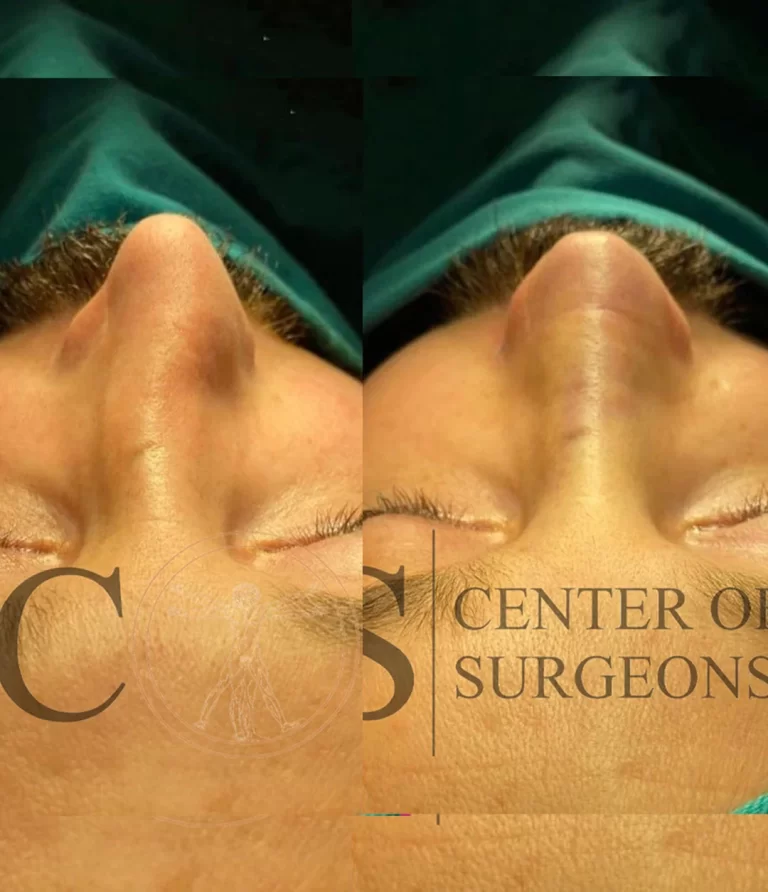Retinopathy of Prematurity – ROP
Vision Protection with Retinopathy of Prematurity (ROP) Treatment
Safeguard the vision of premature infants with Retinopathy of Prematurity (ROP) treatment. Our expert team provides reliable, effective solutions for eye health.
Book your free consultation now for a fresh, new look!
"Discover our solutions with a free consultation—contact us today!"
Eye Disease in Premature Birth ( Retinopathy of Prematurity – ROP)
There are many eye diseases and diseases that affect the eye. Most diseases can be treated with medicine. Eye diseases are not just about us. One of the factors affecting delivery in women is eye disease ( Retinopathy of Prematurity – ROP) in preterm birth.
Eye Disease in Premature Birth
Retinopathy of Prematurity (ROP) , known as eye disease at preterm birth, is an eye disorder caused by abnormally enlarged blood vessels in the retina, the light-sensitive part of the eyes, as a result of premature babies being born prematurely. Although there is improvement without the need for treatment within the framework of studies conducted in babies born before completing 9 months, advanced retinopathy of prematurity may cause permanent vision problems.
Retinopathy of prematurity in other words, eye disease in premature birth, as it is known, extends towards the substance that fills the center of the eye, namely the vitreous, as a result of swelling in the nerve layer of the retina . The condition that may occur in these vessels may affect the visual function of the eye. It is not only a preterm birth but also a condition that is seen in weak babies. A 28-week-old baby is less at risk than a 32-week-old baby.
Retinopathy of prematurity (ROP)
retinopathy of prematurity , ROP, are not known for certain, it is known that some causes trigger this condition. The causes of retinopathy of prematurity (ROP ) are generally:
-The baby born is very weak
– Early termination of pregnancy
-Vitamin deficiency
-Anemia
– Various respiratory complications
-Exposure to high oxygen
-Types of infection
-Heart disease
Retinopathy of prematurity (ROP)
With the completion of the birth, after the baby opens his eyes to the world, health screening should be done for all risks together with retinopathy of prematurity (ROP). Some experts have given the opinion that ROP may not be noticed immediately, and that the risk of ROP continues up to 6 weeks after birth. During this period, specialist ophthalmologists should be examined specifically for ROP, and the process should proceed accordingly.
Retinopathy of prematurity (ROP)
– Laser therapy can be applied for advanced ROP due to abnormal blood vessels. However, it requires general anesthesia, which may pose risks for premature babies.
In the case of retinal detachment in advanced retinopathy of prematurity , retinal surgery may be required. Therefore, it is very important that the treatment is done on time and quickly.
– Post-treatment disease process should not be considered to be complete. Babies should be followed for a long time to see if they have vision problems, and the possibility of diseases such as strabismus, eye disorder, retinal damage should be emphasized.
-Anti-VEGF (Intraocular needle) treatment is also used. Studies by experts have observed that Anti-VEGF therapy contributes to the results when used together with laser therapy.
What is Retinopathy of Prematurity (ROP)?
ROP is an eye disease that affects premature infants, occurring when abnormal blood vessels grow in the retina, potentially leading to scarring, retinal detachment, and vision loss.
Which babies are at risk for ROP?
✅ Premature infants born before 32 weeks of gestation
✅ Low birth weight babies (under 1,500 grams)
✅ Infants requiring oxygen therapy in the NICU
✅ Babies with unstable respiratory, cardiovascular, or infection-related complications
How is ROP diagnosed?
✅ A specialized retinal exam is performed by a pediatric ophthalmologist.
✅ Dilated eye examination allows the doctor to check for abnormal blood vessel growth.
✅ Optical Coherence Tomography (OCT) may be used for detailed imaging in severe cases.
What are the treatment options for ROP?
✅ Laser Therapy (Photocoagulation) – The most common treatment, using precise laser energy to stop abnormal blood vessel growth.
✅ Anti-VEGF Injections – Medications like Bevacizumab (Avastin) help slow abnormal blood vessel development in the retina.
✅ Cryotherapy – Uses cold therapy to freeze and stop the progression of abnormal vessels.
✅ Scleral Buckle or Vitrectomy – Surgical options for severe ROP cases with retinal detachment.
Is ROP treatment painful for the baby?
No! Treatments are performed under local or general anesthesia, ensuring the baby experiences minimal discomfort.
Can ROP cause permanent blindness?
✅ Early detection and treatment significantly reduce the risk of vision loss.
✅ In severe cases, ROP can lead to permanent blindness if left untreated.
✅ Regular follow-ups are necessary to monitor eye development.
What happens after ROP treatment?
✅ The baby will need regular eye exams to monitor healing and potential vision development issues.
✅ Some children may need glasses or additional vision support as they grow.
How much does ROP treatment cost?
The cost depends on the severity of ROP, type of treatment, and medical facility, typically ranging from:
- Laser Therapy: $2,000 – $5,000
- Anti-VEGF Injections: $500 – $1,500 per injection
- Surgical Interventions: $7,000 – $15,000
